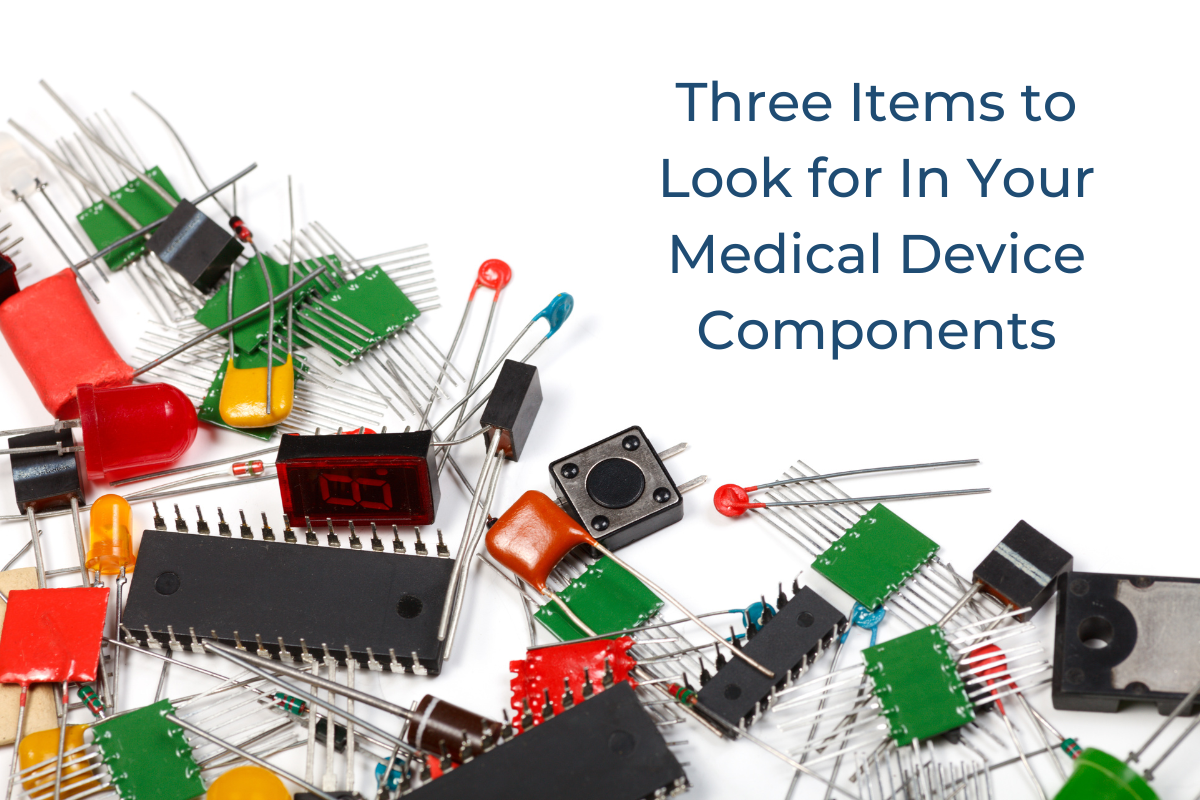#1 Does the component help you meet compliance?
There are several regulations and standards that must be met before a medical device can be released to market. The exact ones depend on the intended device use, risk analysis, and location. But generally, for electrical medical devices, EMI, shock, and heat-hazard protections are the top concerns in the standards.
Check to see if the components you are looking at sourcing have passed compliance testing in other medical devices. Look in the vendor data for mentions of EN 60601-1, NFPR 99, and EN 61000 qualifications.
#2 Can your vendor help you with both design and production?
Through your design phase, you need a small number of parts quickly, as you develop your device on the workbench. This might involve specialty or custom components for short runs. It also helps to work with vendors who have experience providing medical-grade parts and know the needs of device designers.
Once your prototype is tested and approved, your components must meet your manufacturing needs. Source parts for your design that vendors can provide in the amounts and quality you need for production runs.
#3 Will the component be available for as long as I need it?
It is very important to ensure that the components that you specify will be available for the entire production life of your device. If not, you may face the time and expense of recertification, which can be considerable.
One of the most significant issues in electrical medical device design is the need to go back for both EN 61000 EMC and FDA 510(k) approval after components have gone obsolete. This is especially true for motherboards and power supplies, as both are usually critical components.
Most commercial motherboards and power supplies are produced for 18 to 24 months, at which point they are removed from the market for a new product. To avoid that, you need an extended-production life motherboard from a supplier like Global American or a power supply from RAM Technologies.
Even a change in a part not listed as a critical component may still affect your EMC emissions and then require you to go back through testing.
Check with your vendors for how long they plan to produce a specific model when picking your components. Sometimes they have a model that they plan on producing for an extended period specifically to avoid the recertification process.
While your R&D lab and the factory have somewhat different component needs, when you plan ahead while sourcing, you can make a smoother transition through the designed-for-manufacturing (DFM) phase and the handoff to your production department. This translates to time and money saved.
________________________
RAM Technologies has been providing long-life medical-grade PC power supplies since 1996. Contact us about your design and manufacturing needs.



